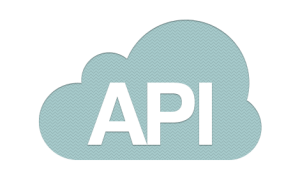 SnowMirror team announces a new release version 2.1. We continuously collect feedback from our customers and users so all the new features are based on their real-world project needs. We have introduced a new REST API to enable to control, monitor and configure SnowMirror from external scripts or systems. A second new feature is a support for local views. SnowMirror is able to generate an SQL code creating a database view consisted of the same tables as it is in ServiceNow. And as always this release contains several minor enhancements and bug fixes.
SnowMirror team announces a new release version 2.1. We continuously collect feedback from our customers and users so all the new features are based on their real-world project needs. We have introduced a new REST API to enable to control, monitor and configure SnowMirror from external scripts or systems. A second new feature is a support for local views. SnowMirror is able to generate an SQL code creating a database view consisted of the same tables as it is in ServiceNow. And as always this release contains several minor enhancements and bug fixes.
We have designed the REST API to offer exactly the same functionality as the web user interface. There are the following resources available:
- List of synchronizations
- Synchronization details
- Actions with synchronizations (e.g. synchronize, clean & synchronize)
- Synchronization history (global or by synchronization)
- Logs download
The REST API is accessible via HTTP and the data is formatted in JSON. To connect to the API use the following URL pattern http://{hostname}:{port}/api/{api-version}/{resource-name}. For example to list all configured synchronizations use the following URL http://snowmirror.company.com/api/v1/synchronization or to download a log from a certain run: http://snowmirror.company.com/api/v1/synchronization/12/history/123/log. The JSON format is easy to understand and use. Read more about the API in our documentation.
The view synchronization which SnowMirror supports from version 2.0 has a serious limitation. With every run the local data is cleared and downloaded from scratch. Like in the Clean & Synchronize action. SnowMirror 2.1 enables to generate an SQL for a view in a local database with the same structure as it is defined in ServiceNow. So not the view is being synchronized but all the included tables. This feature enables to achieve incremental view updates without actually querying the ServiceNow view.
As you can see on the picture SnowMirror generates an SQL command according to your mirror database type. You can then copy the SQL, modify it and execute in your DB tool. SnowMirror helps you to identify the tables you need for the view as well. To create an indicent_metric view you need an incident table, which is being currently synchronized, and two metric tables that are missing.
The rest of the enhancements include Microsoft SQL Server schema support, some UI performance improvement and a couple of bug fixes.
Check out the new SnowMirror and send us your feedback.
